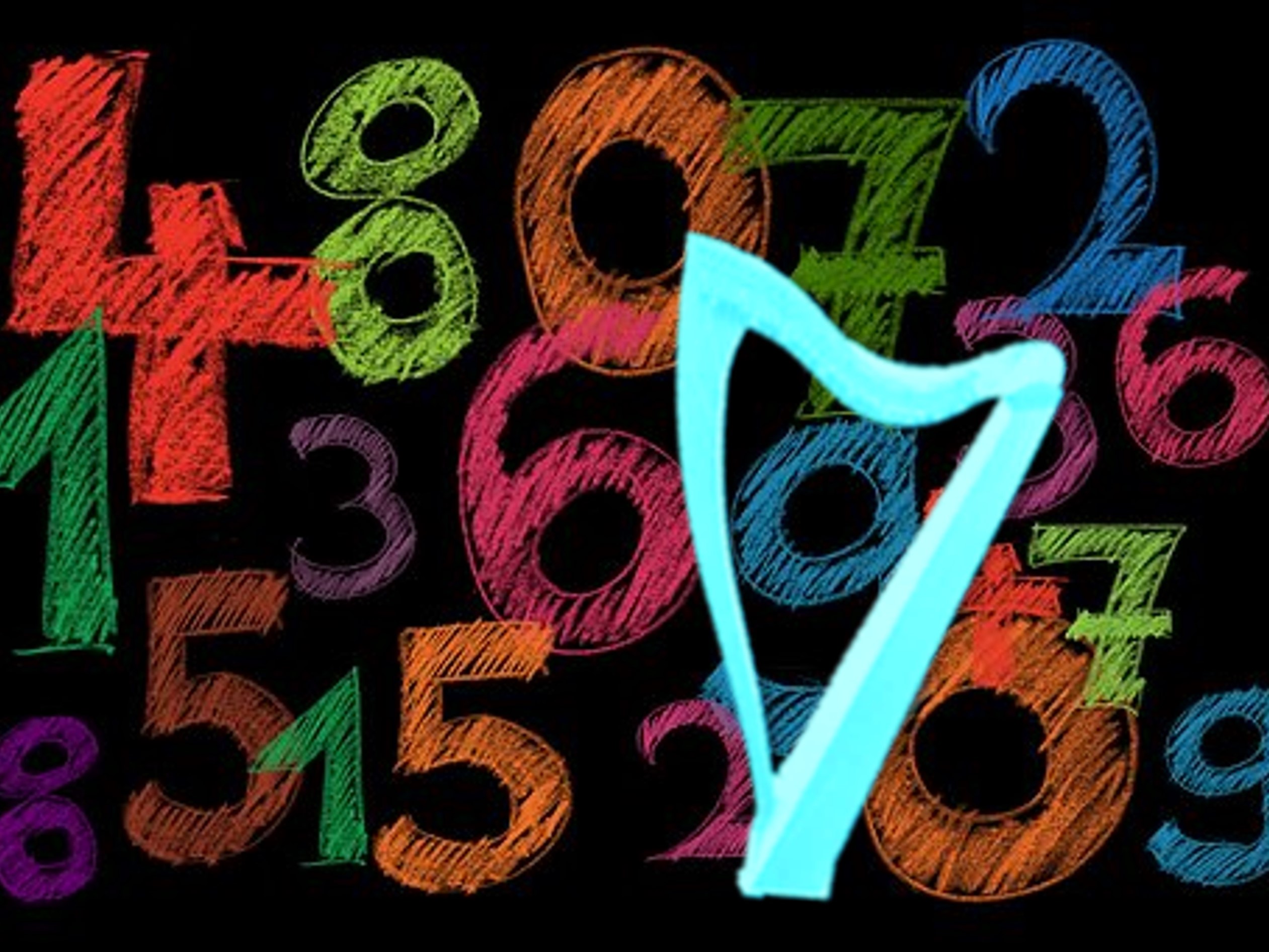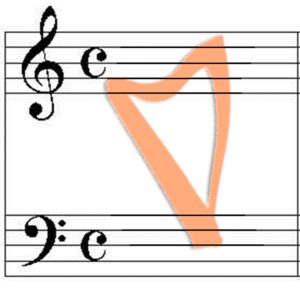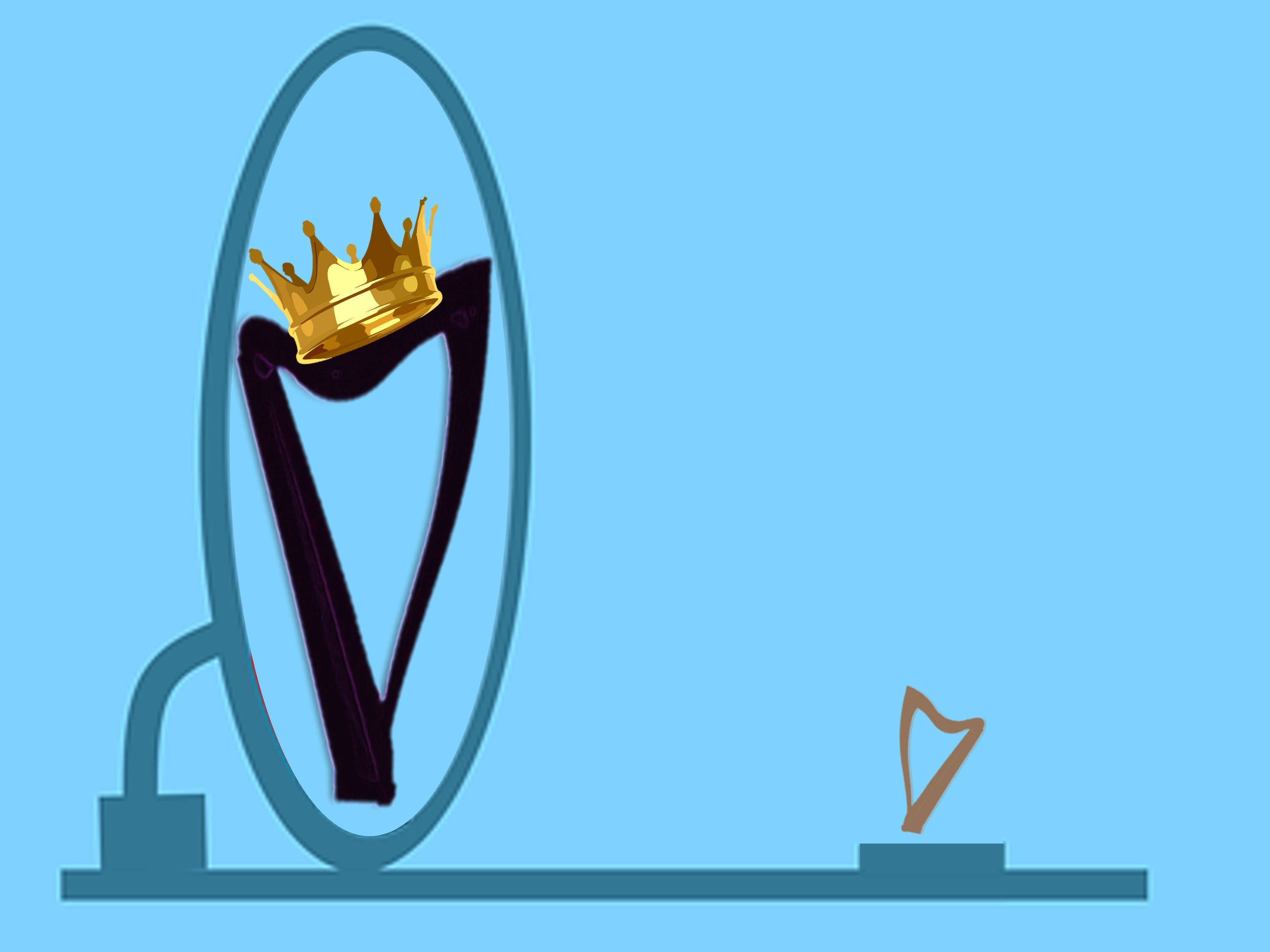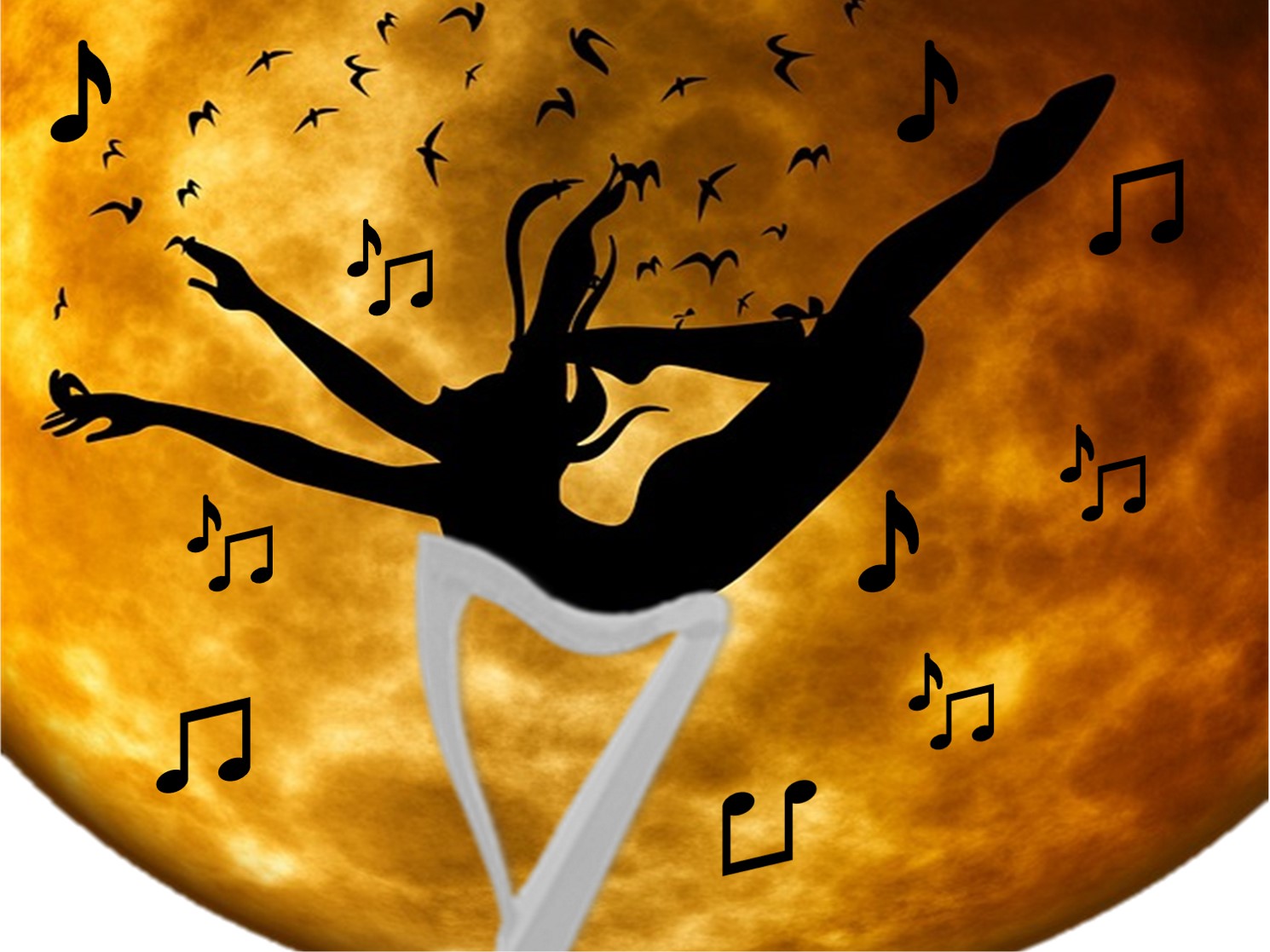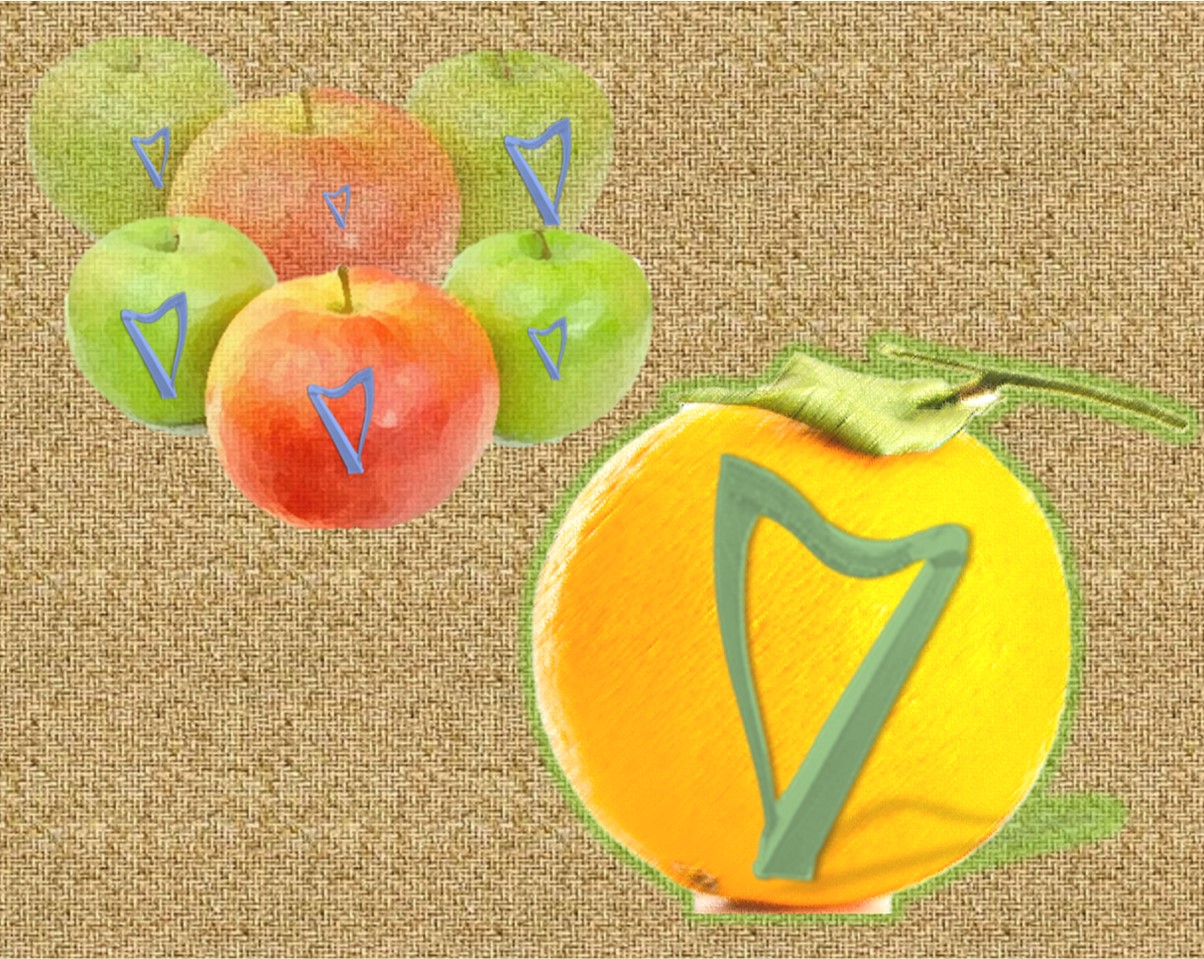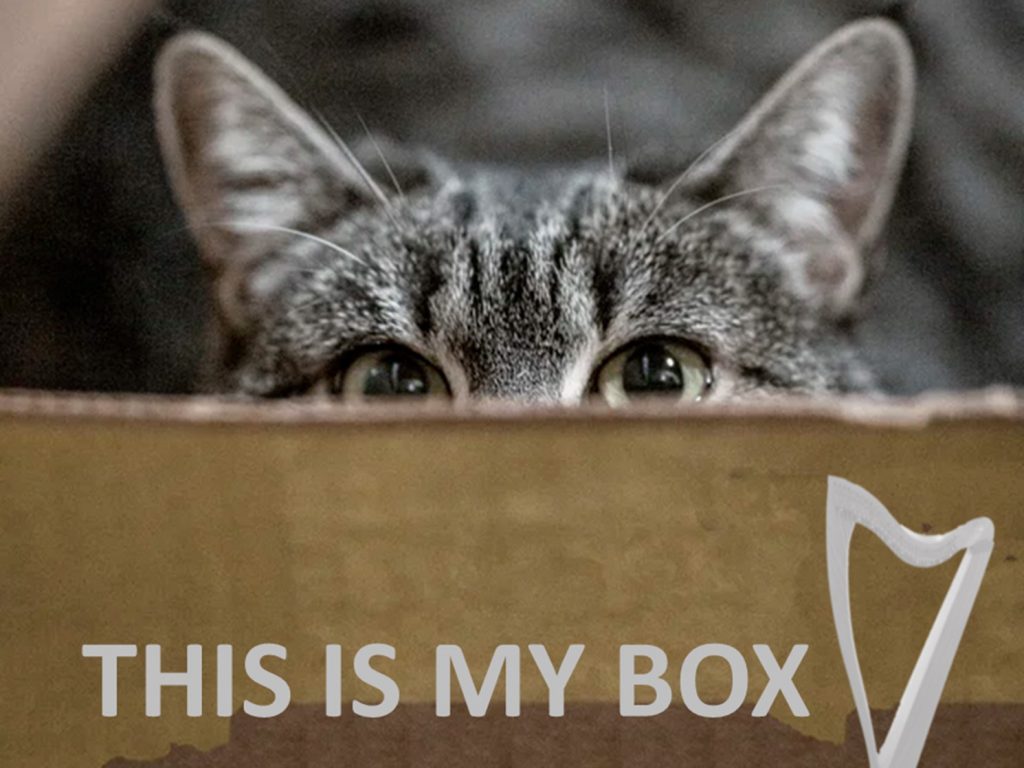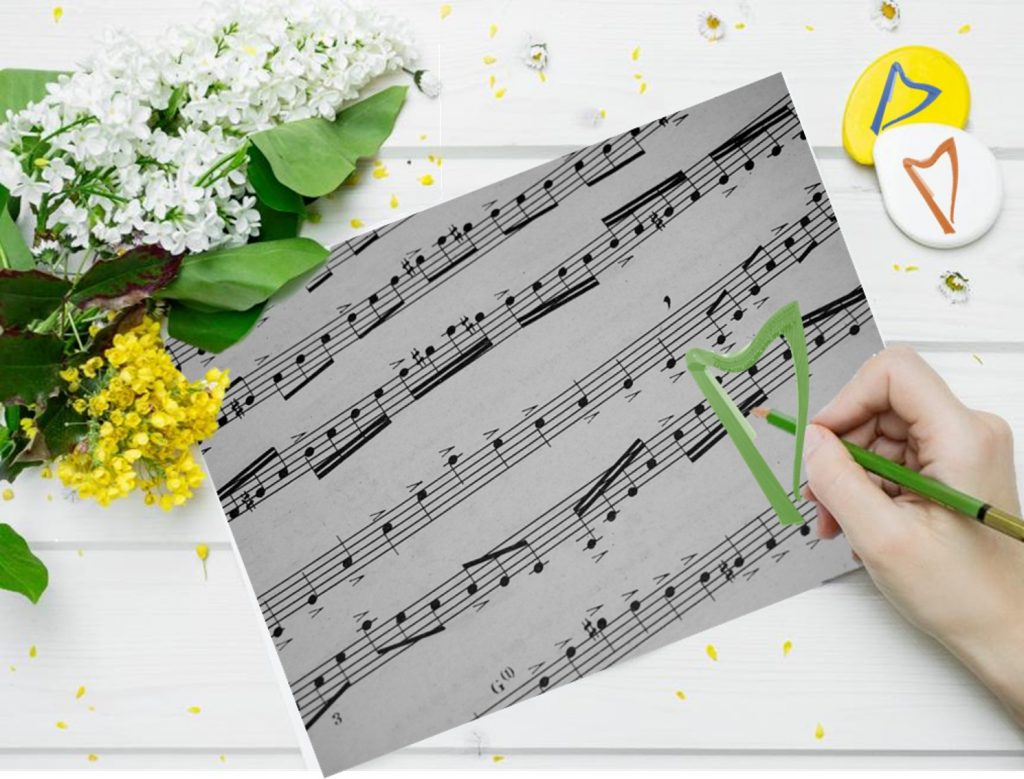Now that you know more about tuners that you ever wanted to, you might be wondering what you should be doing with the one you selected! Because no matter how ritualized you make your tuning, in the end, you want to get to playing – so you might be wondering,
“I have a tuner…now what?”
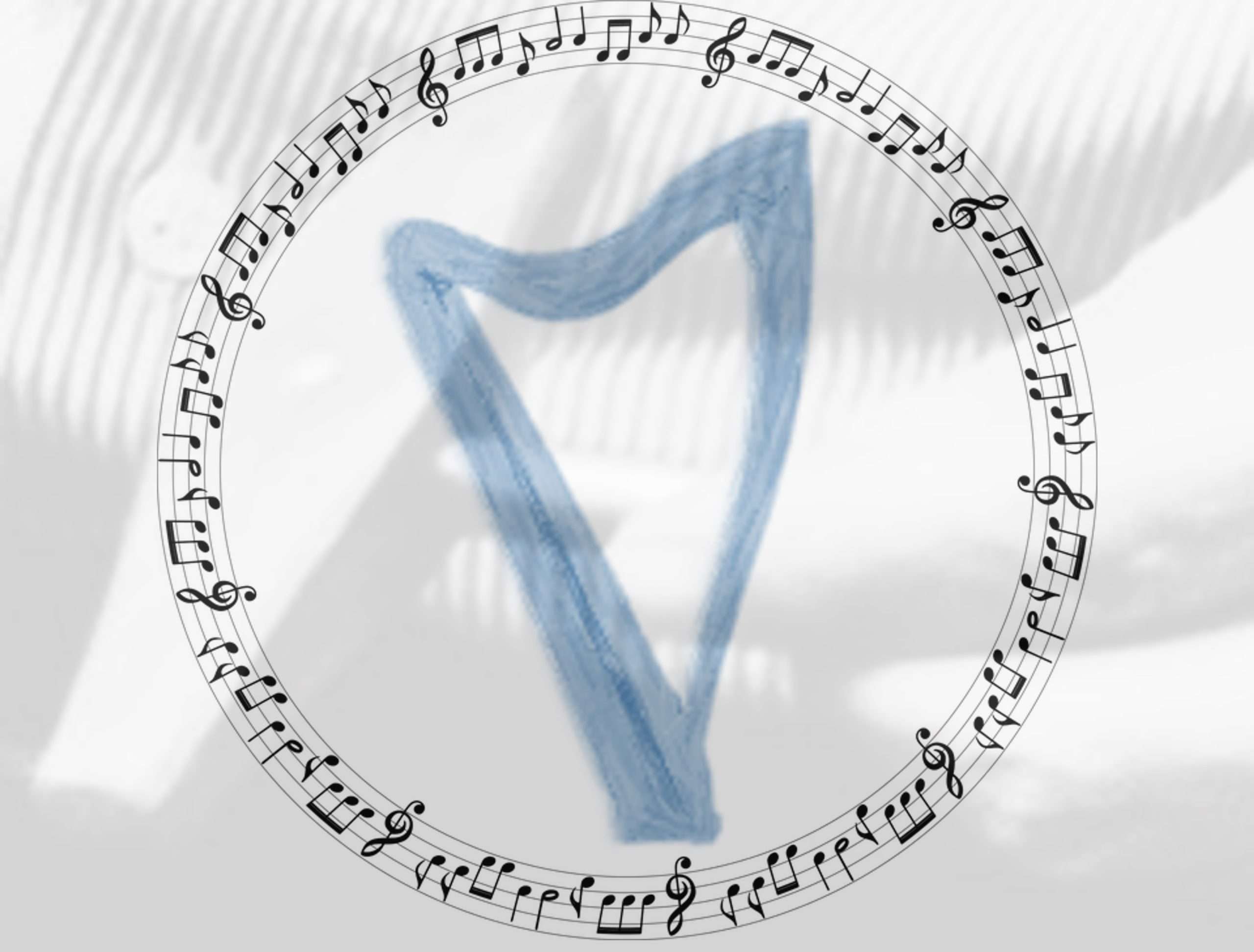 Good question. Since tuning is pretty essential, people who’ve been at it a while might forget to initiate others into the mysteries of it all – like what you should do when you sit down to tune.
Good question. Since tuning is pretty essential, people who’ve been at it a while might forget to initiate others into the mysteries of it all – like what you should do when you sit down to tune.
First, some ground rules:
- There is no one way to tune. Just like there is no single way to play the harp, there are multiple ways to approach tuning. Play around with the suggestions here and find the approach that works for you. Or hybridize them, or make up your own.
- No matter how you go about the act of tuning, in the end, be focused on the goal – which is to have a harp that is in tune. Anything that pulls you away from that goal is not serving you as a musician.
- It is a good idea to tune your harp with all the levers OFF – no matter to what scale you’re tuned. Tuning with the levers engaged doesn’t make a lot of sense – if the levers are doing their job, turning the pin to tighten or loosen the string will have to work against the lever which is designed to hold the string in place – tautly! Just don’t. Take the levers off and then tune.
So here are some thoughts on the HOW of tuning:
- The Linear Method* – Start at the bottom of your harp and tune each string, in order, until you get to the top. Yup, easy-peasy. There’s no getting lost or forgetting where you were. And if you do get lost, as soon as you hear the string you think was next, you’ll have auditory proof that you’re right (or not). You can also go from top to bottom – there’s no magic in starting at the bottom, so it’s up to you.
- The Linear Octave Method – Start at the bottom of your harp (my bottom string is a C) and tune that string. Then tune each successive string of that note up your harp (e.g., C6 – C5 – C4 – C3 – C2 – C1). Once at the top of your harp, go back to the bottom and do the next string (e.g., D6 – D5 – etc.). Iterate until you get to C5) and you’re done. As with the Linear Method, you could also start at the top and work your way down.
- The Circle of 5ths Simple Method – This approach is a little more complicated in that it assumes you know and are comfortable with the complete Circle of 5ths**. In addition, you have to pay attention so you don’t forget where you are! Start with your favorite pitch (I start with Ab) (If that doesn’t mean anything to you, and if your harp is not tuned to Bb or Eb, start with A)( If that doesn’t mean anything to you, and your harp is tuned to Bb or Eb, let me know and I’ll address it another time!). Tune all of the strings of that pitch, then move to it’s 5th and tune all those, move to its 5th and tune all those, etc. until you get back where you started.
- The Circle of 5ths Less Simple Method – This method is a little more complicated. Here you really have to pay attention so you don’t get lost! Again, start with your favorite string (I start with Ab3) (If that doesn’t mean anything to you, it’s the Ab above middle C). Then tune the octave below it (for me, Ab4). Next tune the octave above it (for me, Ab2), back and forth until all of the strings of that pitch have been tuned. Then move to its 5th and tune all those, again going below then above, etc. around the Circle until you get back where you started. This really does require that you pay attention because you have to remember what you have tuned and where you’re going (both direction and 5ths).
- The Random Walk – I don’t recommend this approach, but I have seen some beginners use no pattern. They just pick a string and tune it and then go on to some other string (and it appears random to me, with no discernable pattern). This really would take a great deal of concentration and it’s likely that you’ll miss a string (or 6). But I’m not going to tell you not to do it this way – as long as when you’re finished your harp is actually in tune!
Since you might ask, my favorite way to tune is the Less Simple Circle of 5ths Method. I like it best because everything about it helps me tune – tuning the strings against each other helps me hear them better, using the Circle makes harmonic sense, and for me, not going straight up an octave helps me focus more. But to be honest, I use all these approaches at various times, depending on the circumstances. The best method is the one you’ll actually use! In addition, even the most complicated approach becomes easy if you practice doing it!
Additional Thoughts
Remember there’s more to tuning that slavishly adhering to the tool. Your tuner is not smart. And while it “listens” it doesn’t “hear”! So, when I have “finished” tuning, I have an additional step to hear that my harp is in tune. I use this step to correct tuning that might be off. There are a couple of ways to do it:
- Play octaves – play a 2 handed one octave scale of octaves from the bottom to the top of your harp. You know how to do this, you learned when you were first playing the harp – play the lowest octave in the left hand (e.g., C6 and C5) and the next higher octave in the right (e.g., C4 and C3) and play a scale straight up until you get to the top of your harp. Listen to what’s coming out of your harp and fix any notes that aren’t sweet.
- Play triads – just like above but with triads rather than scales. I like this method best because it really helps me hear when a note is not right. Sometimes, that note will have read right on the tuner and sounded good in the octaves, but played against its 5th (or sometimes its 3rd) then I can hear that it’s just not quite right. The other advantage is that I can quickly tell exactly which string isn’t right (not just which note) so I don’t have to guess or redo them all (it’s not all the Bs, it’s just B3, for example). And it’s typically not out by, much so I can correct it fairly easily.
Handy hint – harps are built to be resonant. I place my hand flat against the lowest strings when I’m tuning the middle (remember, I usually start in the middle) – this way the tuner (and my ear) hears the string I’m playing. Otherwise, those lower strings are resonating sympathetically and the tuner hears that, but since, at that point I haven’t tuned those lower strings yet, what the tuner hears might lead me astray. Then my tuned string is not actually as well tuned as I think and I will have to go back and retune it after I’ve finished tuning – how pointless is that!?!
How do you go about tuning? Do you have another approach? Anything that just really doesn’t work? Let me know in the comments!
* I’ve made up these names, they aren’t “official” but feel free to use them ????
** Whether you use this method of tuning or not, you need to know and be comfortable and facile with the Circle of 5ths – it’s something we use a lot!
